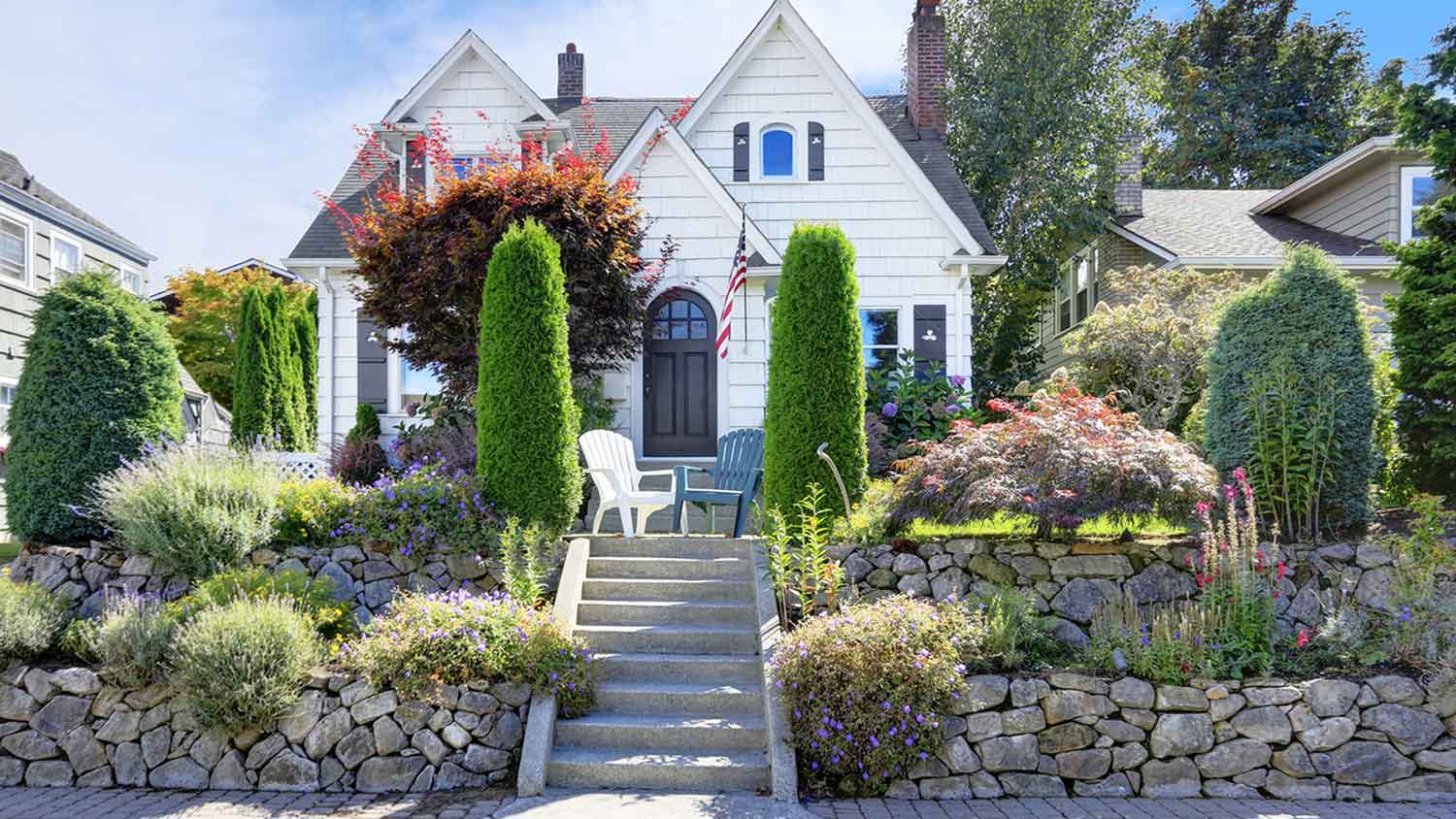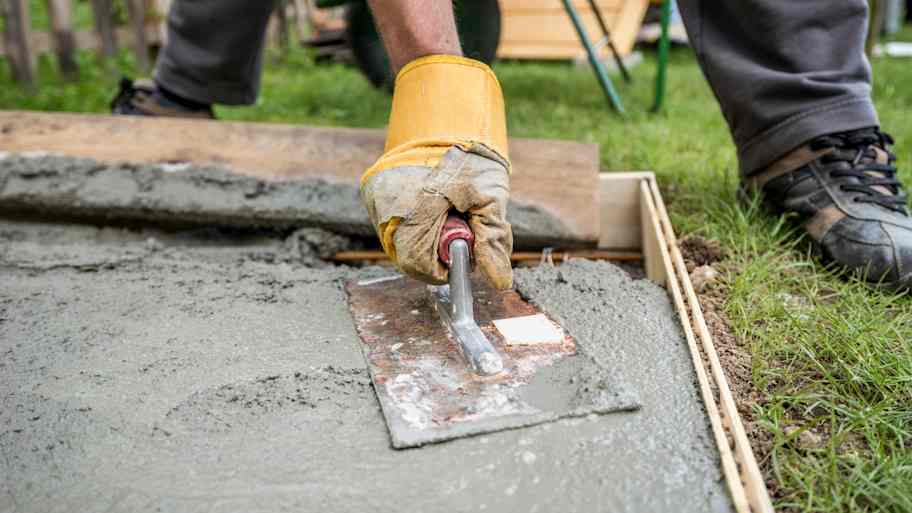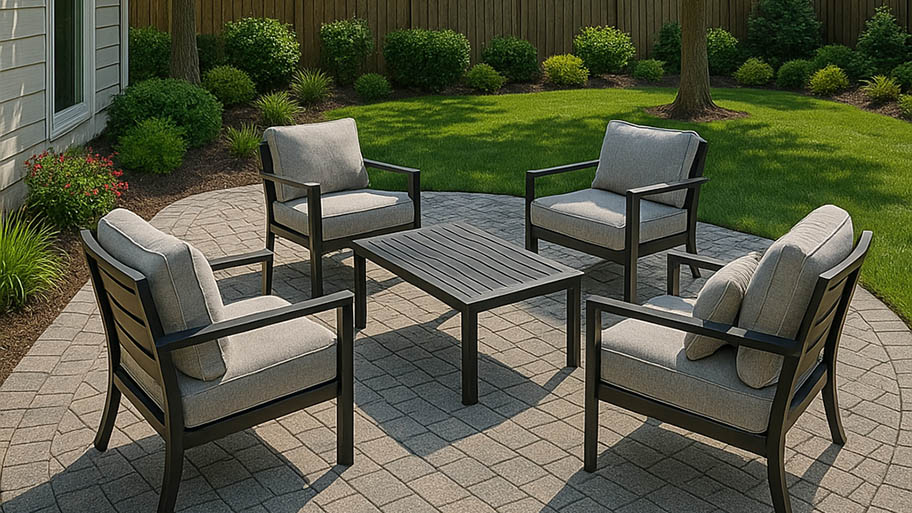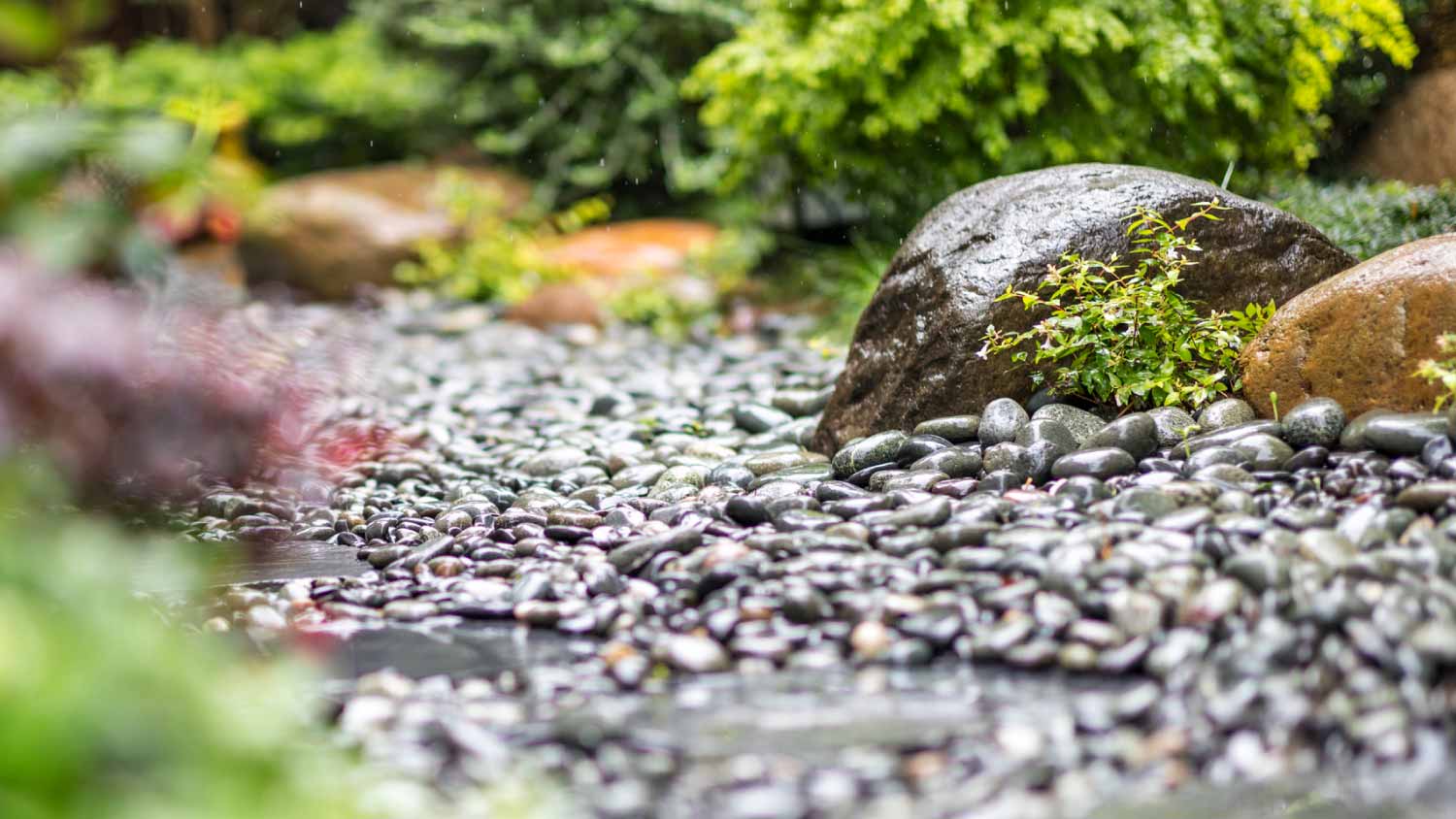
Retaining wall repair cost can vary widely based on the age and condition of the wall being restored. Learn why finding the right pro is important for getting the job done.


The amount of mortar you need depends on the size and type of project.
What material you’re using will also impact how much mortar you need.
Our mortar calculator can help you determine the amount of mortar required.
A masonry contractor can help measure, mix, and pour mortar.
Estimating mortar isn’t an exact science, but it doesn’t have to feel like guesswork either. Whether you’re building a garden wall, laying a stone path, or repairing a mowed-over mailbox, knowing how much mortar you need can save time, money, and a lot of mid-project panic. Let’s explore how to calculate mortar needs by project type, explain the formula, and cover the details, such as joint thickness.
Thankfully, you don’t have to be a brick whisperer to figure out how much mortar you need for the project you’re working on. Whether you’re building a retaining wall, installing a patio, or giving your mailbox a facelift, this table breaks down mortar estimates by project type, material size, and coverage area, so you’ll know exactly how many bags to haul home.
| Project Type | Material Size | Area Covered | Number of 80-pound Bags of Mortar Needed |
|---|---|---|---|
| Brick Wall | Standard brick | 100 square feet | 6–7 bags |
| Block Wall | 8x8x16 concrete blocks | 100 square feet | 4–5 bags |
| Stone Veneer | Irregular natural stone | 100 square feet | 8–10 bags |
| Patio | 1–2-inch thick stones | 100 square feet | 5–6 bags |
| Brick Mailbox | Standard brick | Per structure | 1–2 bags |
Mixing too little mortar means a mid-project scramble—too much, and you’re stuck with a pile of drying regrets. Use this mortar calculator to get it just right. Once you’ve calculated the amount of mortar you need, you can determine how many bags you'll need if you’re going the pre-mixed route.
Mortar Volume (cubic feet) = (Wall Area × Joint Thickness × (1 - Brick/Block Volume Ratio))
Using feet for all dimensions, you’ll first want to measure the length, width, and depth of your brick or blocks to get the unit volume. Next, calculate the gross volume of space that one unit occupies. Use the formula below to get gross volume:
Gross Volume per Unit = (Length + Joint Thickness) × (Height + Joint Thickness) × (Depth)
Divide your unit volume by the gross volume per unit, and you’ll have your coveted brick/block volume ratio.
Different projects have different standards for joint thickness—for example, the standard for bricks is ⅜ inch, whereas the standard for stone can range from ½ inch to 1 inch or more. However, the formula below can provide a general idea of what joint thickness is optimal.
Joint Thickness = (Total Wall Height - Total Brick Height) ÷ Number of Joints

Now that you have an idea of how much mortar you’ll need for your project, it’s time to bring in the big guns. A masonry contractor near you is your best bet for mixing and pouring mortar correctly. They can tackle a wide range of projects, from retaining walls and chimney repairs to block walls. If the mortar you need poured is part of a larger renovation, a general contractor can also help. Just make sure whoever you hire is licensed, insured, and has a portfolio to back up their work.
From average costs to expert advice, get all the answers you need to get your job done.

Retaining wall repair cost can vary widely based on the age and condition of the wall being restored. Learn why finding the right pro is important for getting the job done.

Looking to elevate your backyard aesthetic with a patio? Use this paver patio cost guide to help you estimate your total project cost before you get started.

Porcelain pavers are a high-end option for your home’s hardscaping that can completely transform your outdoor space. Here’s how much porcelain pavers cost.

Choosing the right type of pavers for your hardscape can be a challenge with all the options on the market. Check out the most popular varieties to narrow down your list.

If you’re planning to install a river rock garden bed or drainage area, you’re probably wondering, “How much river rock do I need?” Here’s how to calculate it.

Pavers can turn an ordinary driveway, walkway, or patio into a thing of art—but how do you protect your investment? Find out if pavers need to be sealed and learn pros and cons.